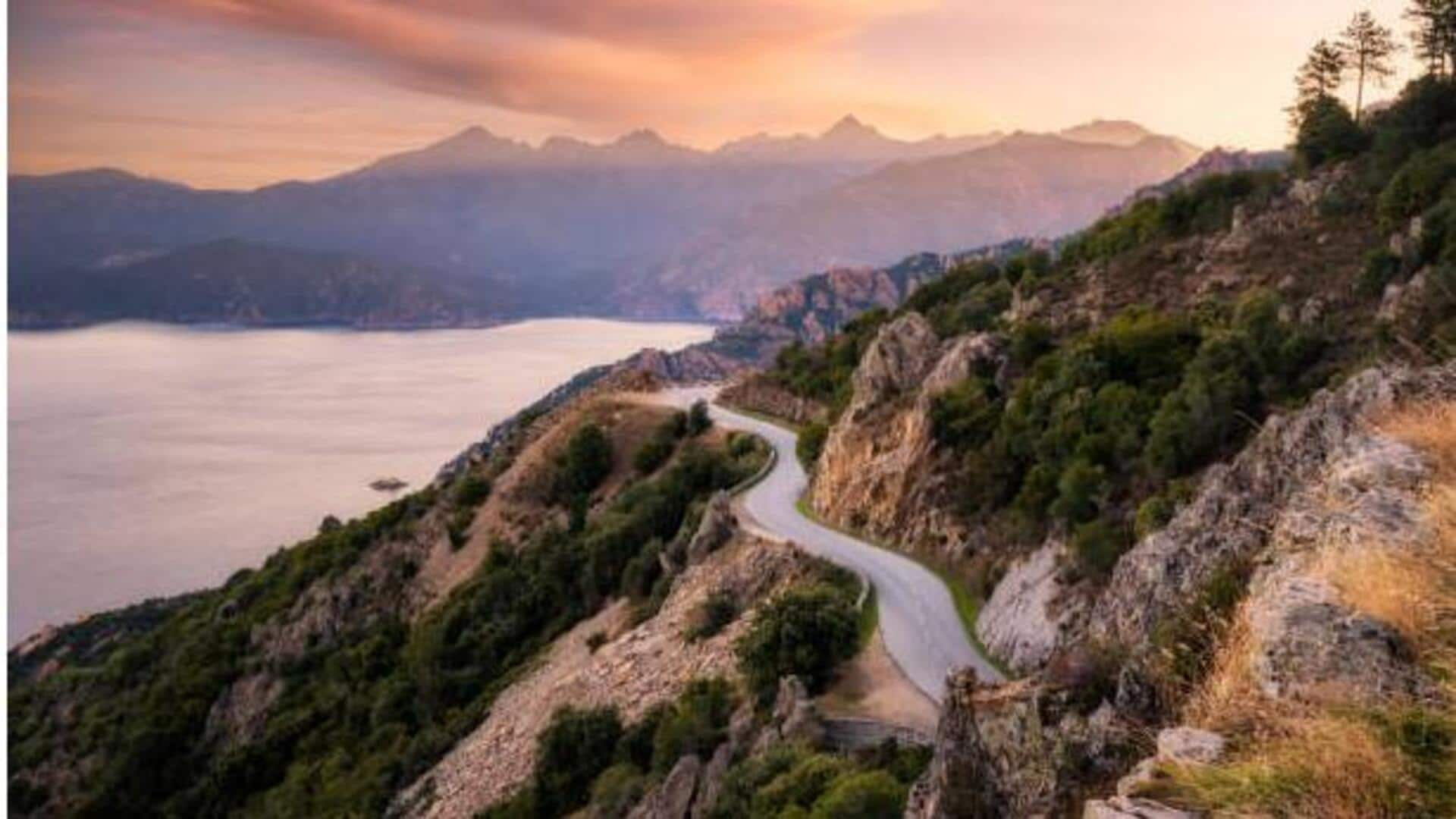
Hiking in Corsica: Top spots, tips, and more
What's the story
Corsica, an island in the Mediterranean Sea, offers a unique hiking experience with its hidden paths and scenic landscapes. Known for its rugged terrain and diverse ecosystems, Corsica provides trails that cater to both novice and experienced hikers. These paths reveal breathtaking views of mountains, forests, and coastlines. Exploring these trails allows hikers to immerse themselves in nature while discovering the island's rich biodiversity.
GR20 trail
Discovering the GR20 trail
One of Europe's toughest long-distance hikes, the GR20 trail stretches some 180 kilometers across Corsica from north to south in around 15 days. The trail traverses rocky ridges and lush valleys, and hikers would have to face steep ascents and descents, along with unpredictable weather. Proper gear and physical fitness are a must to take on this grueling yet rewarding path.
Mare e Monti North
Exploring Mare e Monti North
Mare e Monti North is a well-known hiking route that takes you from Calenzana to Cargese in ten days. This is a perfect trail for those who want a mix of coastal views and mountains but don't want the extreme difficulty of the GR20. It is for people looking for moderate challenges to get beautiful views on the way. The path crosses pretty villages where hikers can soak in local culture.
Bavella Needles
Venturing into Bavella Needles
The Bavella Needles are famous for their stunning granite formations in southern Corsica's Alta Rocca region. Multiple trails meander through this region, providing breathtaking views at every turn from jagged peaks against clear blues skies or misty clouds (depending on weather). While you are here, you may spot wildlife like mouflons or golden eagles, adding to your adventure.
Safety tips
Tips for safe hiking in Corsica
While hiking in Corsica, ensure you stay safe by wearing the right footwear and clothes, and carrying water. Check the weather forecast, plan your route, and inform someone about your itinerary. Carry a map, compass, and GPS device. Familiarize yourself with the local flora and fauna, respect wildlife, and leave no trace. Note that mobile phone reception may be limited in remote areas, so be prepared.